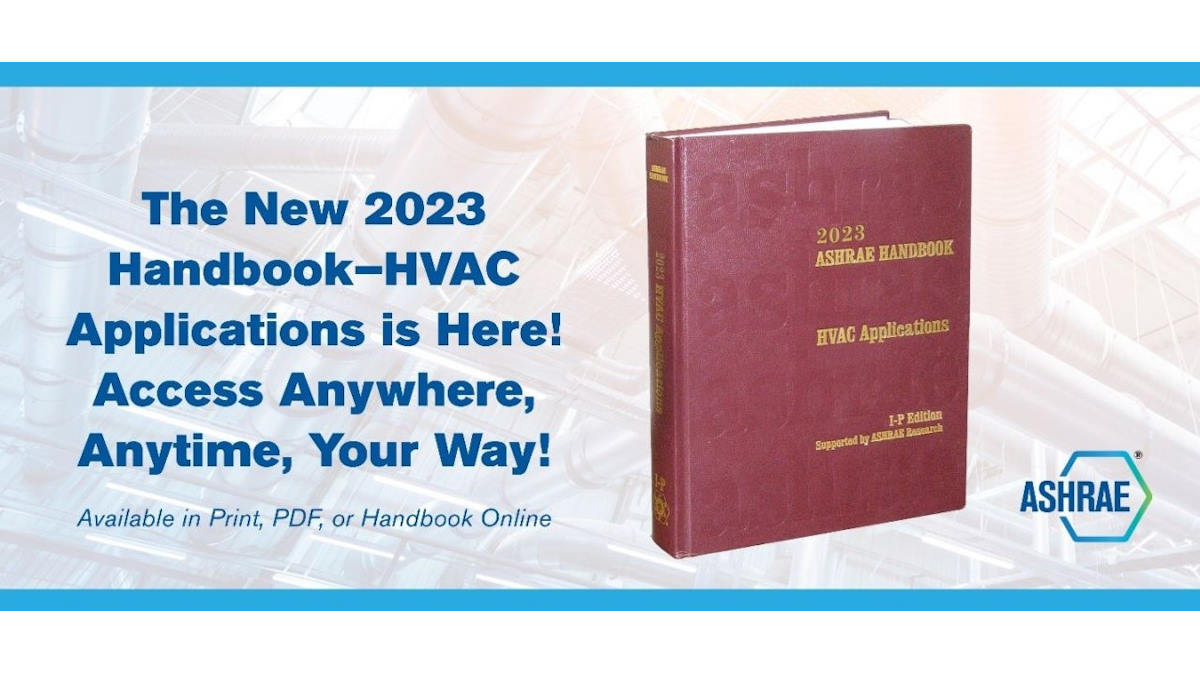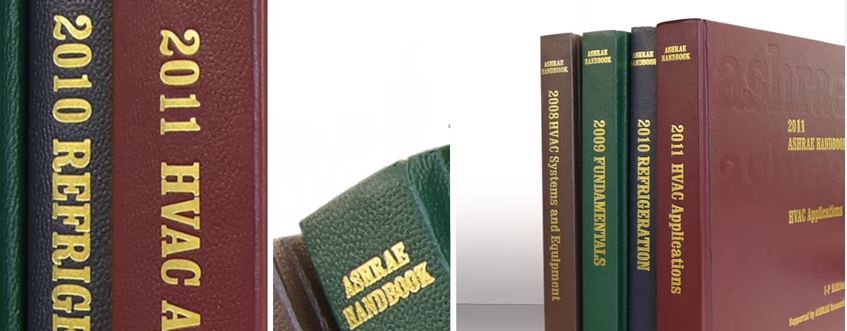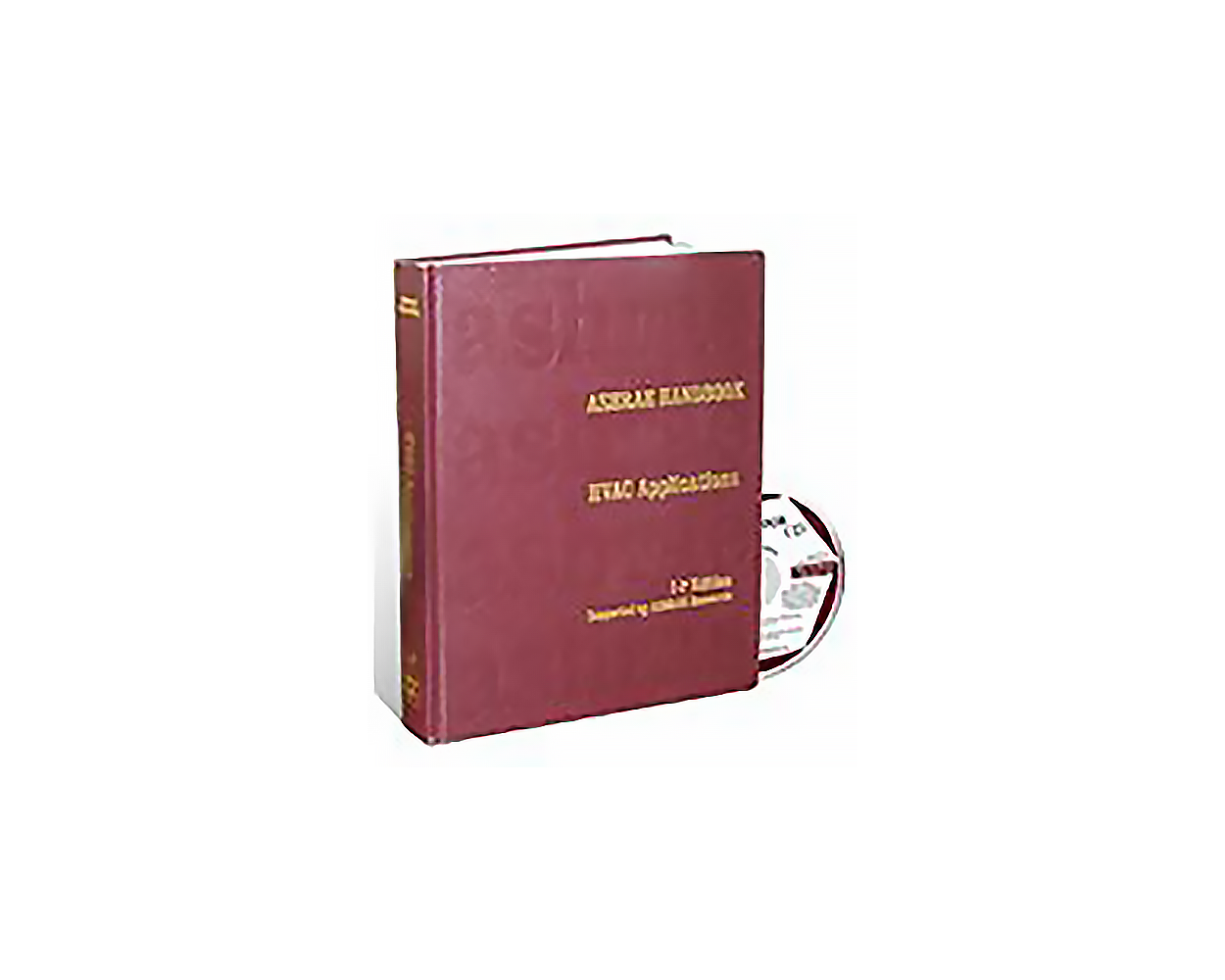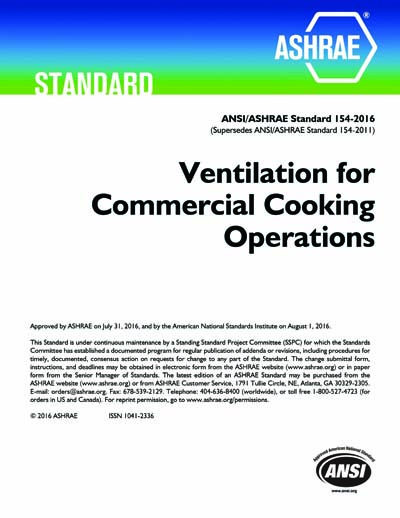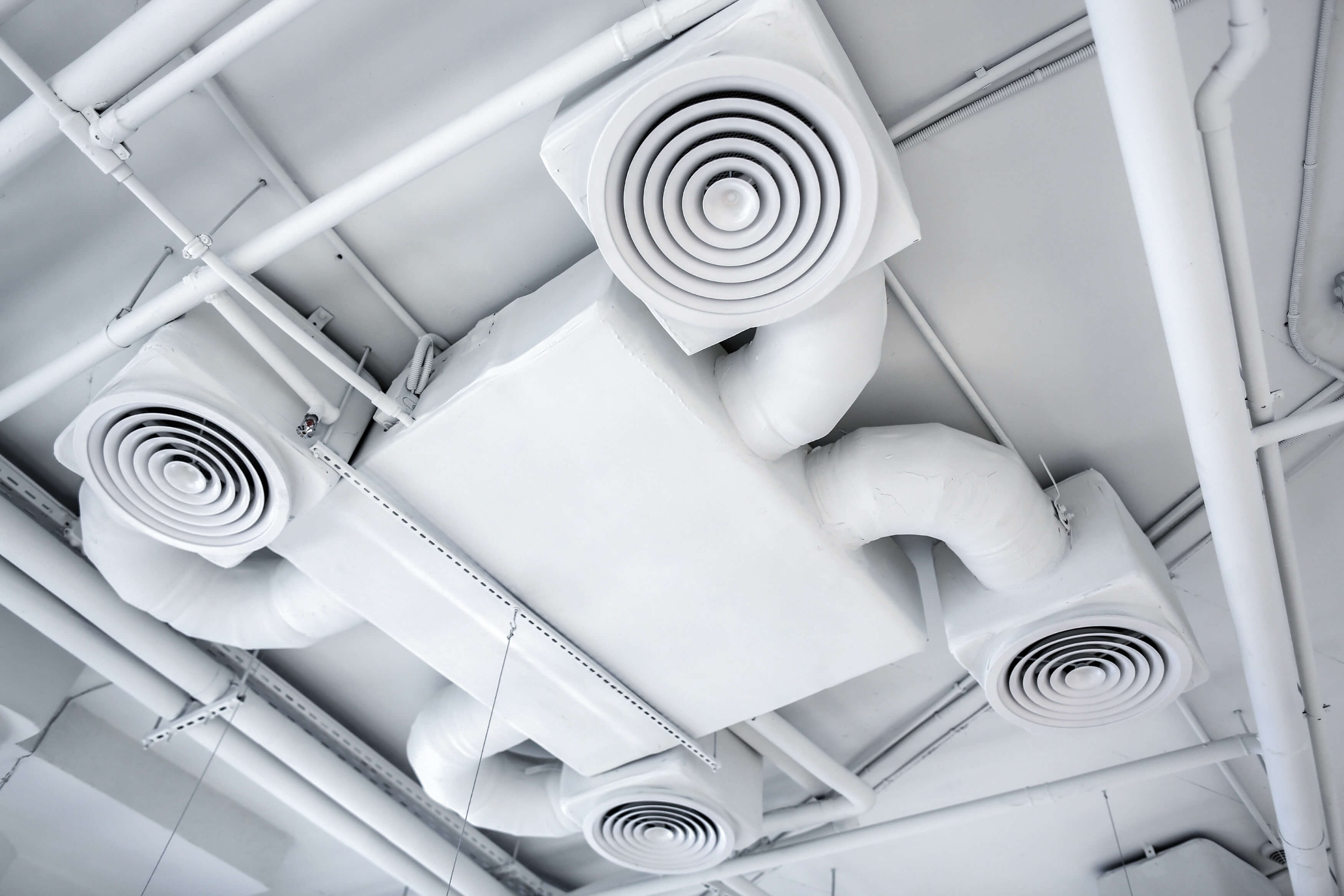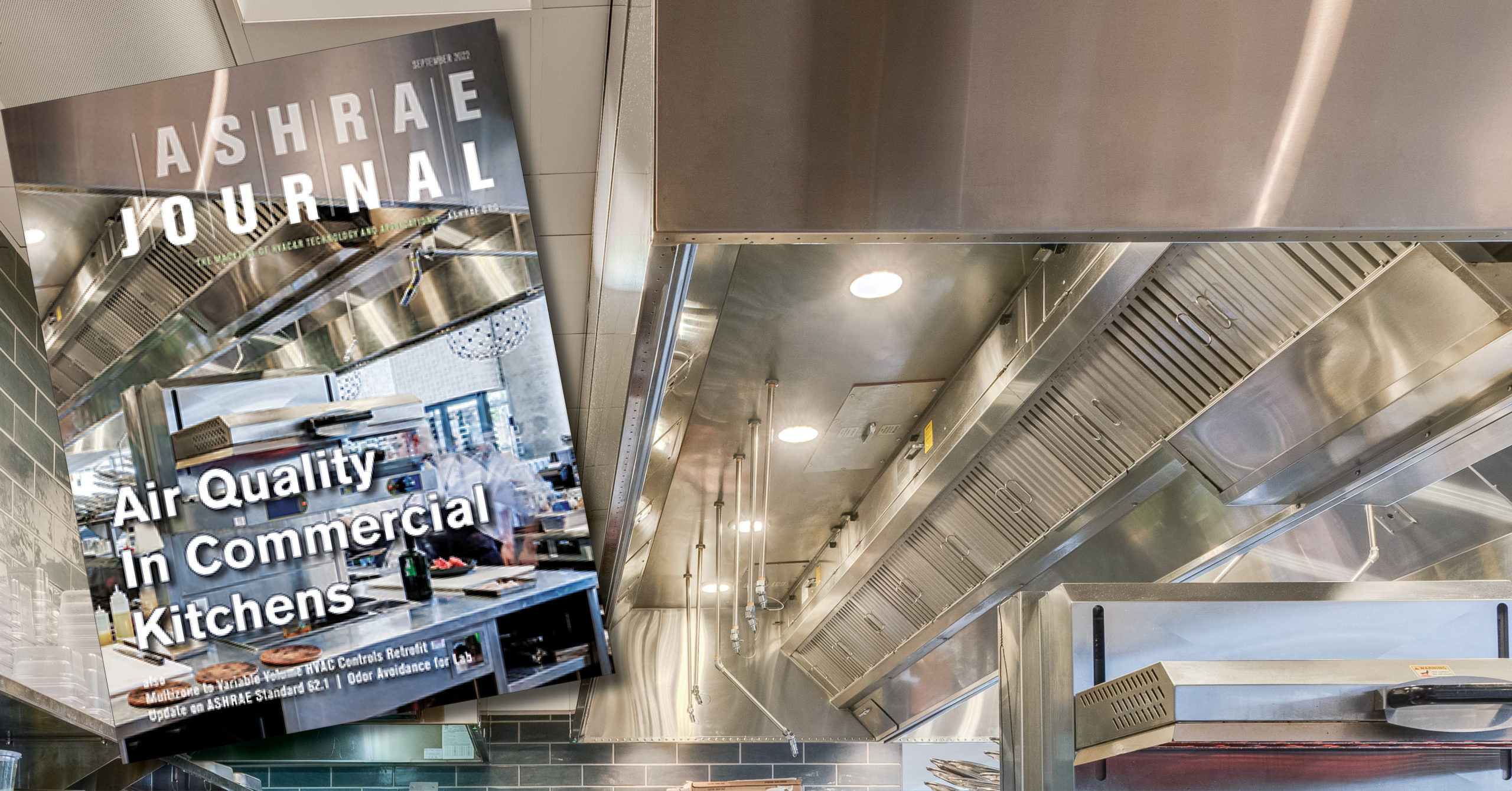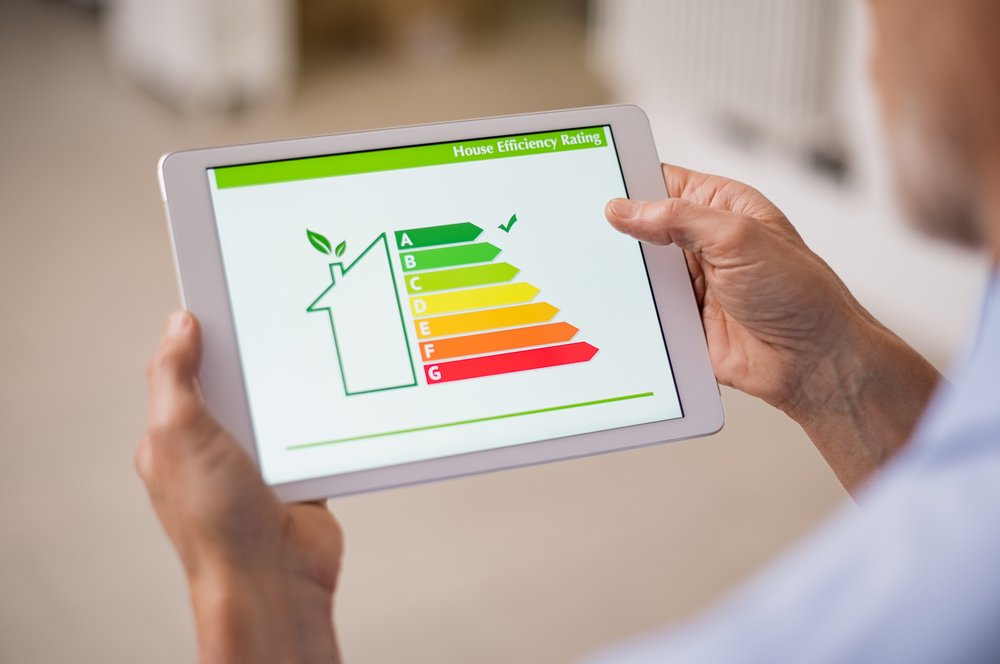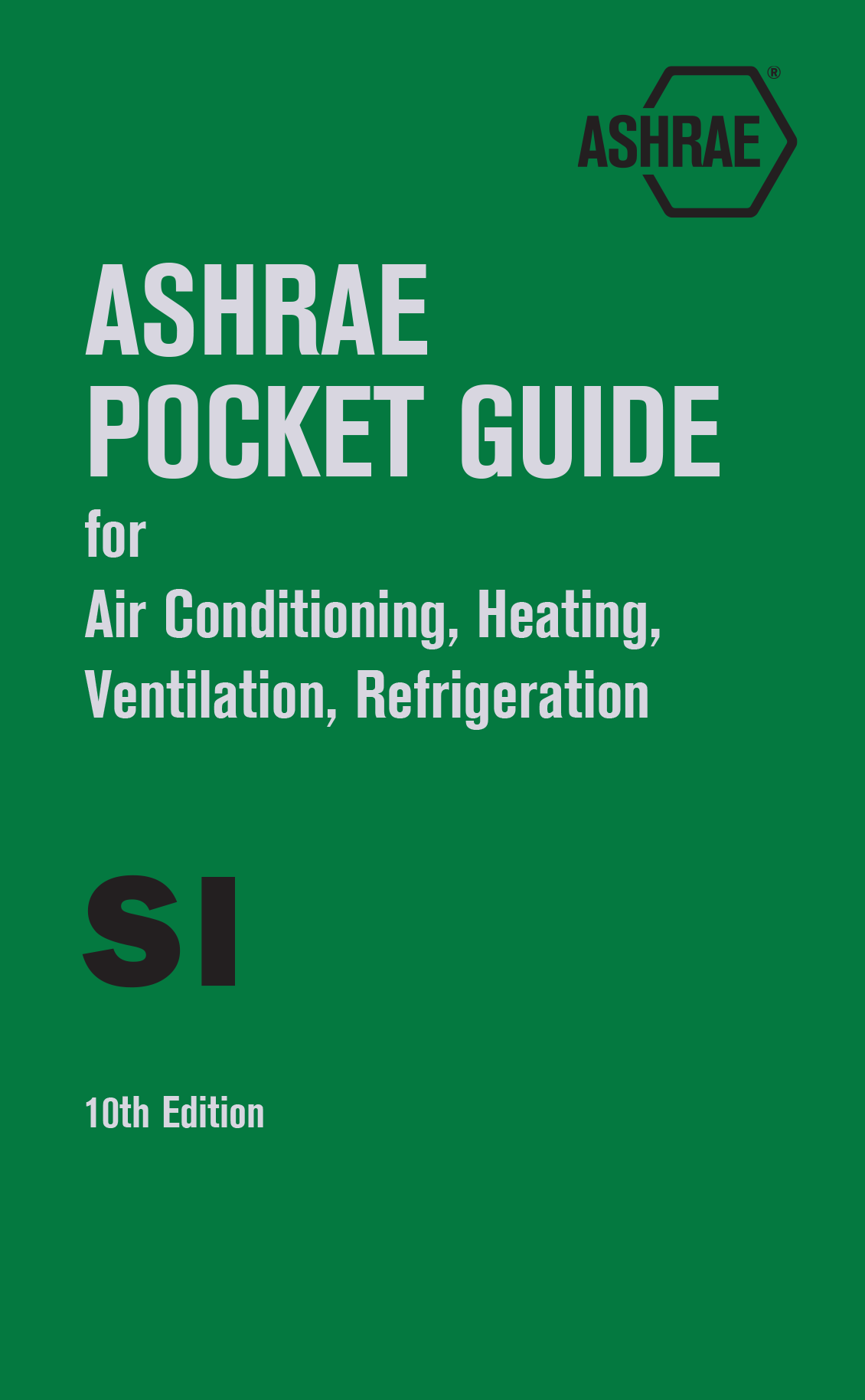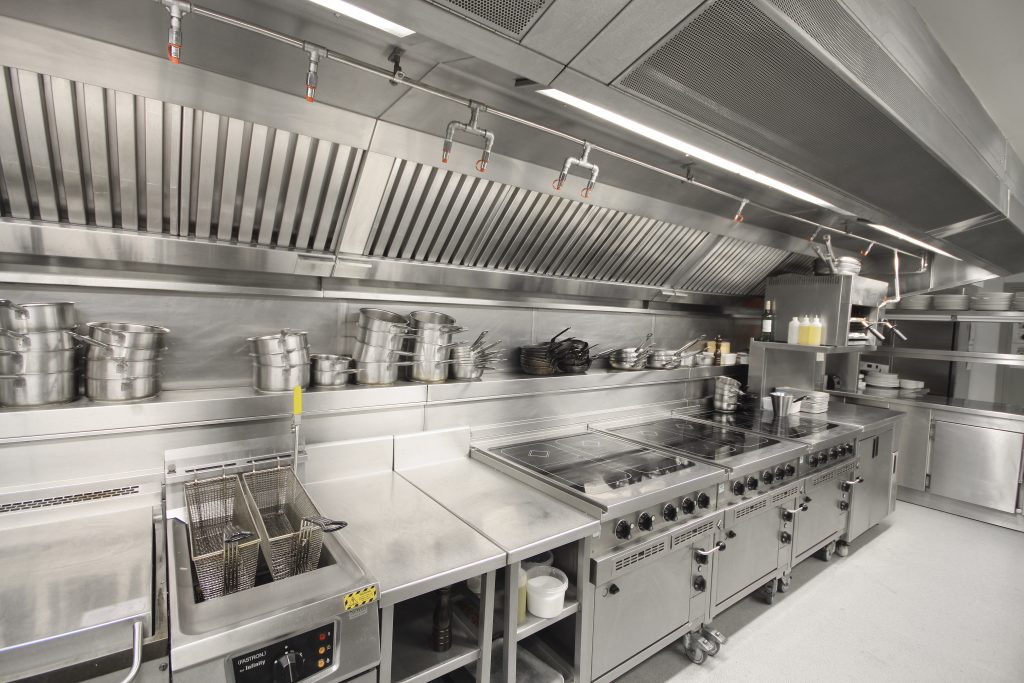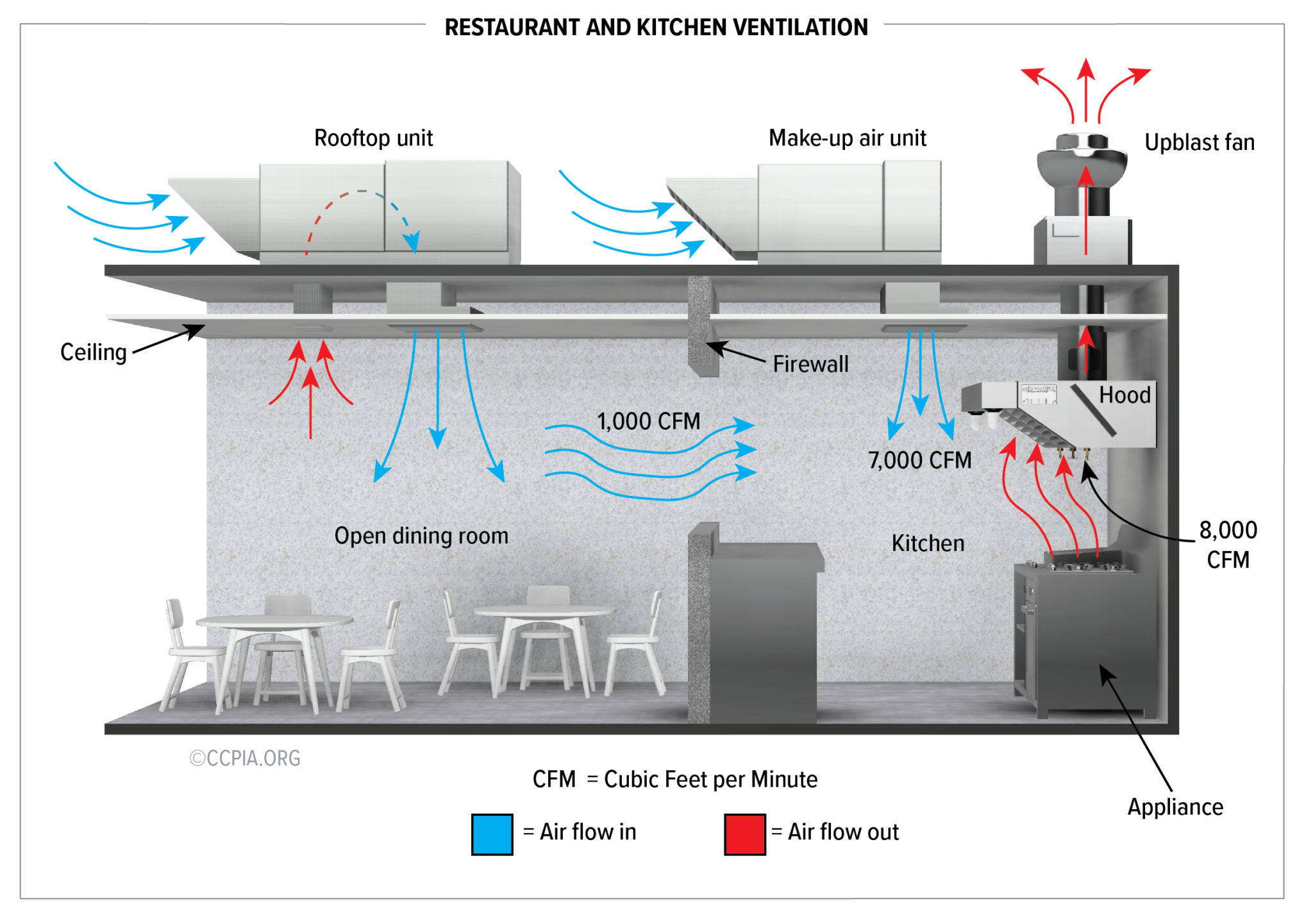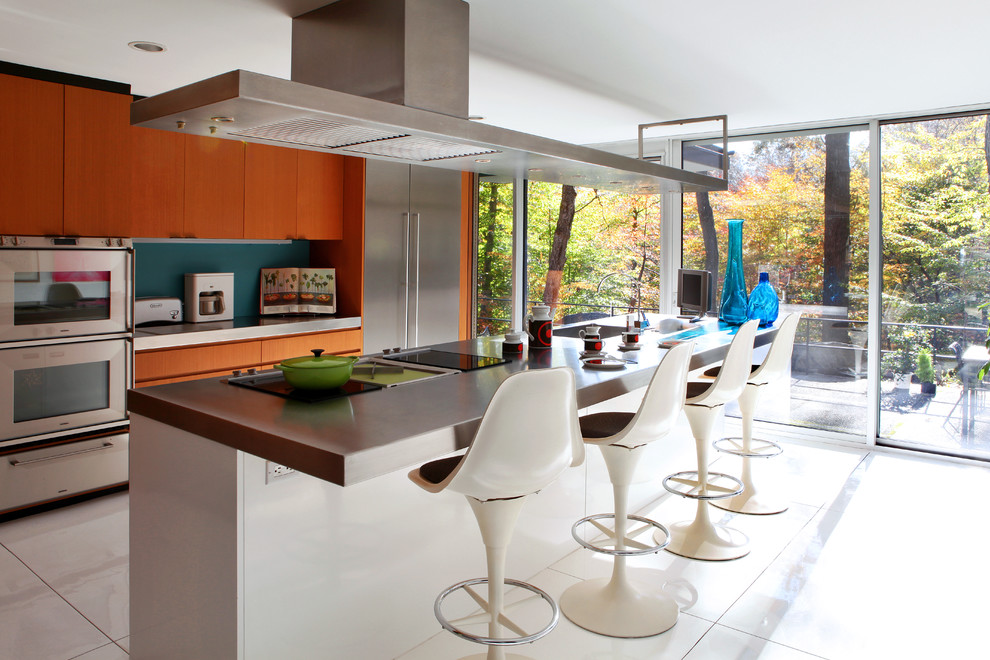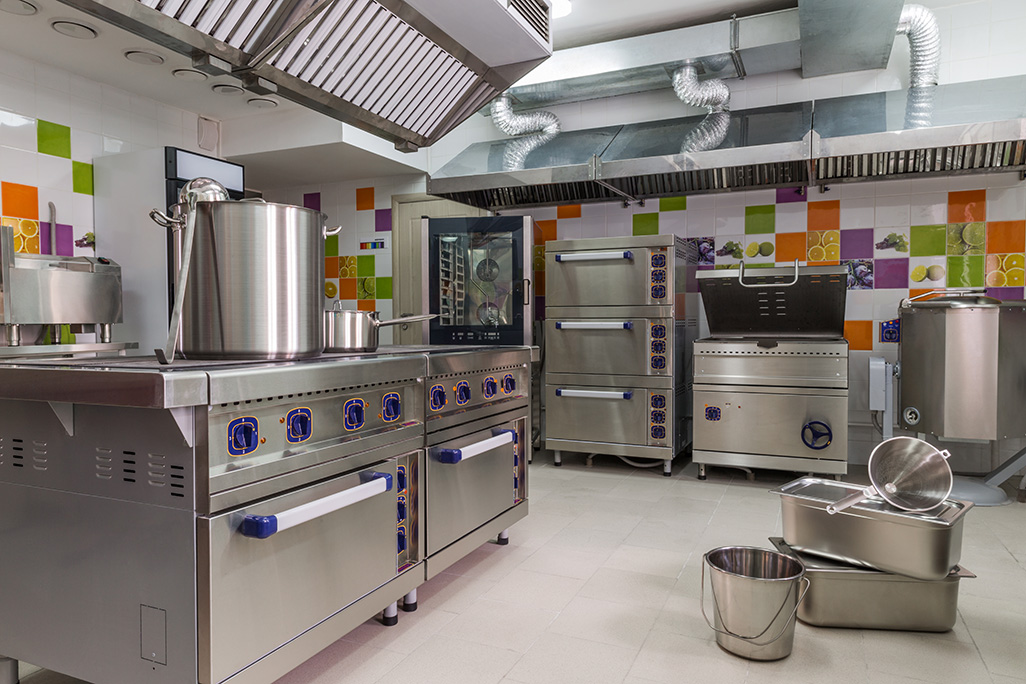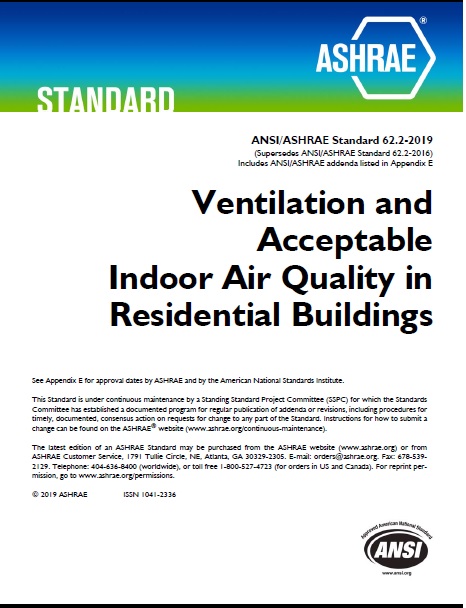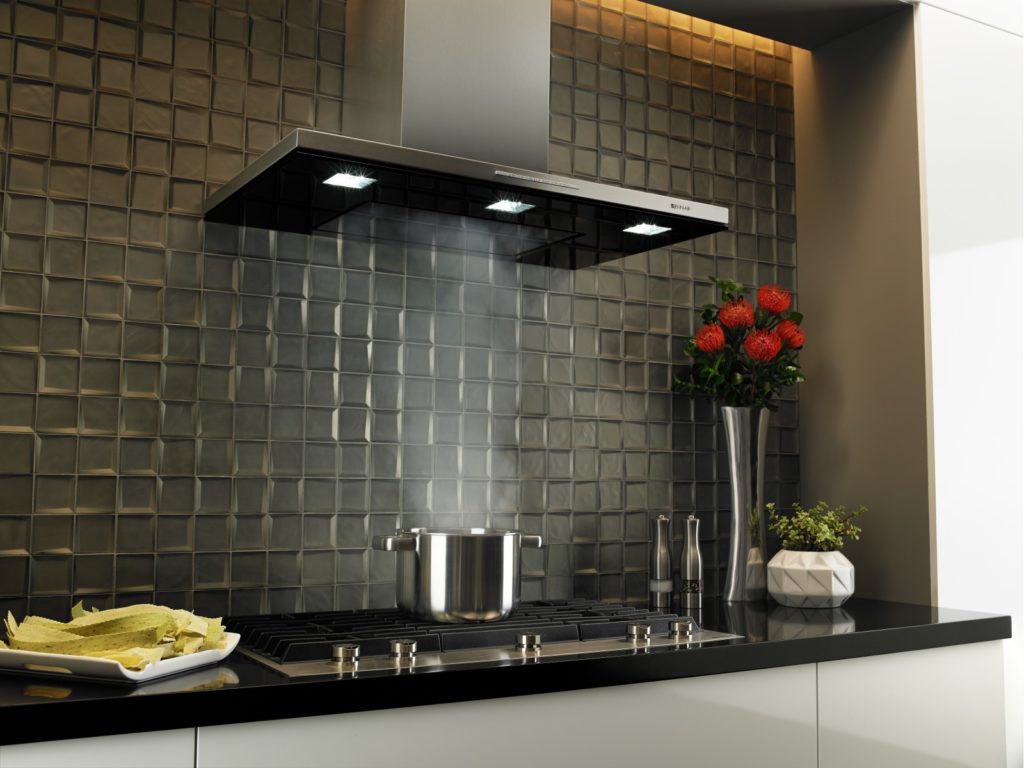A well-designed kitchen ventilation system is crucial for maintaining a safe, comfortable, and healthy environment in any commercial kitchen. Not only does it remove excess heat, smoke, and grease from the cooking space, but it also helps to improve indoor air quality and energy efficiency. That's why it's essential to follow the guidelines set by ASHRAE (American Society of Heating, Refrigerating and Air-Conditioning Engineers) when designing a kitchen ventilation system.The Importance of Proper Kitchen Ventilation Design
This ASHRAE standard provides guidance for the design, installation, and operation of ventilation systems in commercial kitchens. It covers topics such as hood and fan selection, air balancing, and fire safety. It also includes requirements for ventilation in different types of cooking operations, such as fryers, griddles, and broilers. Adhering to this standard ensures that your kitchen ventilation system is designed to effectively remove cooking pollutants and maintain a safe and healthy environment for your staff.ASHRAE Standard 154: Ventilation for Commercial Cooking Operations
While ASHRAE Standard 154 focuses on the design of kitchen ventilation systems, Standard 62.1 focuses on maintaining acceptable indoor air quality in all types of buildings. This standard includes recommended ventilation rates, as well as guidance on controlling pollutants and managing ventilation air distribution. By following these guidelines, you can ensure that your kitchen ventilation system is not only effective but also compliant with indoor air quality standards.ASHRAE Standard 62.1: Ventilation for Acceptable Indoor Air Quality
In addition to providing a safe and healthy environment, a well-designed kitchen ventilation system can also help to reduce energy consumption. ASHRAE Standard 90.1 sets energy efficiency standards for all types of buildings, including commercial kitchens. By following this standard, you can ensure that your kitchen ventilation system is designed to optimize performance while minimizing energy usage and costs.ASHRAE Standard 90.1: Energy Standard for Buildings Except Low-Rise Residential Buildings
The ASHRAE Handbook is a comprehensive resource for HVAC (Heating, Ventilation, and Air Conditioning) design. Chapter 47 specifically focuses on the design of kitchen ventilation systems. It covers topics such as ventilation rates, hood and fan selection, and ductwork design. It also includes case studies and examples to help designers and engineers understand and apply the principles of kitchen ventilation design.ASHRAE Handbook: HVAC Applications, Chapter 47: Kitchen Ventilation
This article in the ASHRAE Journal discusses the importance of balancing energy efficiency and indoor air quality when designing a kitchen ventilation system. It highlights the role of proper ventilation in reducing energy costs while maintaining a healthy and comfortable environment for kitchen staff. It also discusses the latest trends and technologies in kitchen ventilation design, such as demand-controlled ventilation and energy recovery systems.ASHRAE Journal: Kitchen Ventilation Design for Energy Efficiency and IAQ
Proper design and installation are essential for achieving optimal performance from a kitchen ventilation system. This ASHRAE Journal article provides guidance on the design and installation of kitchen ventilation systems, including tips for selecting the right hood and fan, sizing ductwork, and balancing airflows. It also discusses common mistakes to avoid and best practices for ensuring the effectiveness and efficiency of your kitchen ventilation system.ASHRAE Journal: Designing Kitchen Ventilation Systems for Optimal Performance
Health care facilities have specific requirements for ventilation due to their sensitive nature. This ASHRAE Journal article discusses the unique considerations that must be taken into account when designing a kitchen ventilation system for a health care facility. It covers topics such as infection control, fire safety, and air pressure relationships to prevent the spread of contaminants in the facility.ASHRAE Journal: Kitchen Ventilation Design Considerations for Health Care Facilities
High altitude locations have unique challenges when it comes to kitchen ventilation due to lower air density and different atmospheric conditions. This ASHRAE Journal article discusses the specific design considerations for kitchen ventilation systems in high altitude locations, such as selecting the right exhaust fan and accounting for the effects of altitude on airflows and combustion processes.ASHRAE Journal: Kitchen Ventilation Design for High Altitude Locations
Sustainability is a growing concern in the building industry, and kitchen ventilation design is no exception. This ASHRAE Journal article discusses how to design a sustainable kitchen ventilation system that balances energy efficiency, indoor air quality, and environmental impact. It also covers topics such as renewable energy sources, green building certifications, and the use of low-emission cooking equipment in reducing the environmental footprint of a commercial kitchen. In conclusion, proper kitchen ventilation design is critical for maintaining a safe, healthy, and energy-efficient environment in any commercial kitchen. By following the guidelines set by ASHRAE and staying informed about the latest trends and technologies in kitchen ventilation design, you can ensure that your kitchen ventilation system meets all necessary requirements and performs optimally for the benefit of your staff, customers, and the environment.ASHRAE Journal: Kitchen Ventilation Design for Sustainable Buildings
Kitchen Ventilation Design: An Essential Aspect of House Design

Why is Proper Kitchen Ventilation Important?
 When it comes to designing a house, one of the most important aspects to consider is the
kitchen ventilation
. It may not seem like a significant factor, but proper kitchen ventilation can have a significant impact on the overall functionality and comfort of a home.
ASHRAE (American Society of Heating, Refrigerating and Air-Conditioning Engineers)
has established guidelines and standards for kitchen ventilation to ensure that indoor air quality is maintained and the health and safety of occupants are not compromised.
When it comes to designing a house, one of the most important aspects to consider is the
kitchen ventilation
. It may not seem like a significant factor, but proper kitchen ventilation can have a significant impact on the overall functionality and comfort of a home.
ASHRAE (American Society of Heating, Refrigerating and Air-Conditioning Engineers)
has established guidelines and standards for kitchen ventilation to ensure that indoor air quality is maintained and the health and safety of occupants are not compromised.
The Role of Kitchen Ventilation in House Design
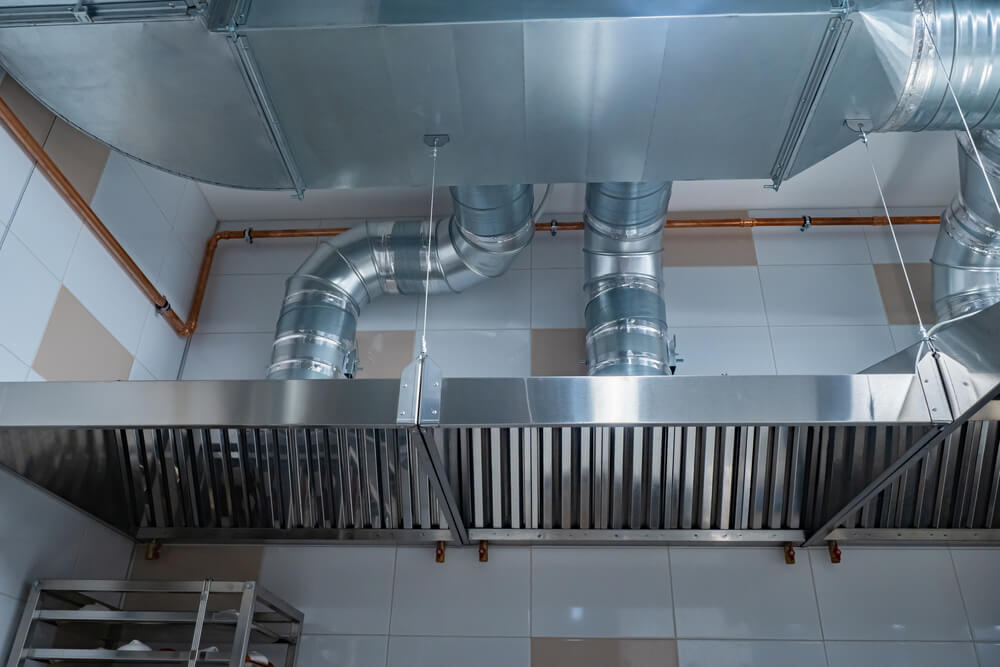 Kitchen ventilation serves two main purposes in house design: to remove cooking odors and to improve indoor air quality. When cooking, various pollutants such as smoke, grease, and steam are released into the air, which can cause unpleasant odors and pose health hazards. A proper ventilation system effectively removes these pollutants from the kitchen and expels them outside, keeping the indoor air clean and fresh.
Kitchen ventilation serves two main purposes in house design: to remove cooking odors and to improve indoor air quality. When cooking, various pollutants such as smoke, grease, and steam are released into the air, which can cause unpleasant odors and pose health hazards. A proper ventilation system effectively removes these pollutants from the kitchen and expels them outside, keeping the indoor air clean and fresh.
Factors to Consider in Kitchen Ventilation Design
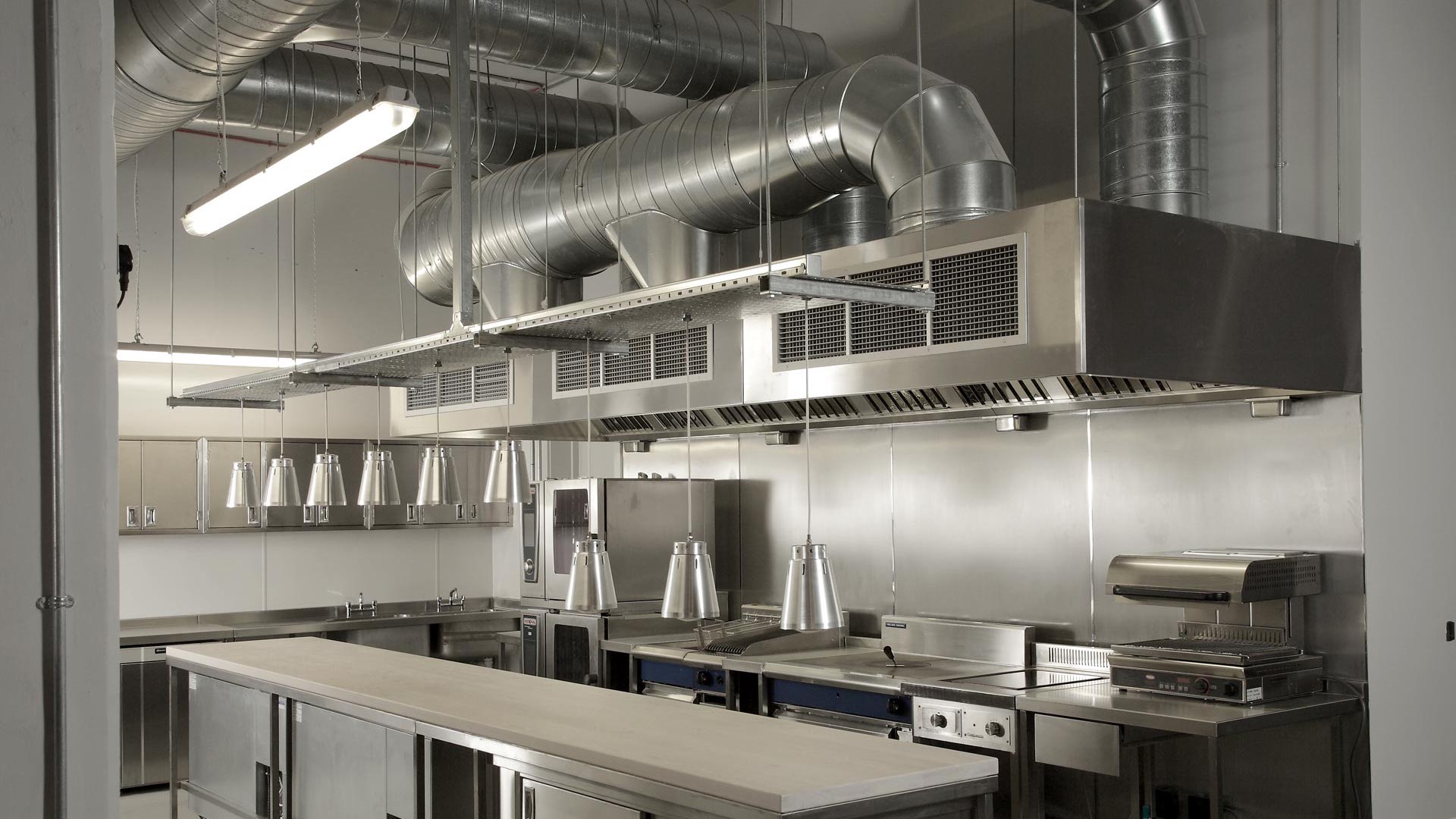 There are several key factors to consider when designing a kitchen ventilation system. The size and layout of the kitchen, type of cooking appliances, and the amount of cooking that will be done are all important considerations. Additionally, the location and placement of the ventilation system, as well as the type of exhaust fan and ductwork, must also be carefully chosen to ensure maximum efficiency.
There are several key factors to consider when designing a kitchen ventilation system. The size and layout of the kitchen, type of cooking appliances, and the amount of cooking that will be done are all important considerations. Additionally, the location and placement of the ventilation system, as well as the type of exhaust fan and ductwork, must also be carefully chosen to ensure maximum efficiency.
Benefits of Proper Kitchen Ventilation
 Proper kitchen ventilation not only improves the air quality in a home, but it also has several other benefits. It helps to prevent the buildup of moisture, which can lead to mold and mildew growth, and also reduces the risk of fire hazards caused by grease buildup. Moreover, a well-ventilated kitchen can also improve the energy efficiency of a home, as it allows for proper air circulation and reduces the workload on HVAC systems.
In conclusion,
kitchen ventilation design
is a crucial aspect of house design that should not be overlooked. It not only helps to maintain a clean and healthy indoor environment but also has several other benefits. By following the guidelines set by
ASHRAE
and considering all the necessary factors, a well-designed kitchen ventilation system can greatly enhance the overall comfort and functionality of a home.
Proper kitchen ventilation not only improves the air quality in a home, but it also has several other benefits. It helps to prevent the buildup of moisture, which can lead to mold and mildew growth, and also reduces the risk of fire hazards caused by grease buildup. Moreover, a well-ventilated kitchen can also improve the energy efficiency of a home, as it allows for proper air circulation and reduces the workload on HVAC systems.
In conclusion,
kitchen ventilation design
is a crucial aspect of house design that should not be overlooked. It not only helps to maintain a clean and healthy indoor environment but also has several other benefits. By following the guidelines set by
ASHRAE
and considering all the necessary factors, a well-designed kitchen ventilation system can greatly enhance the overall comfort and functionality of a home.






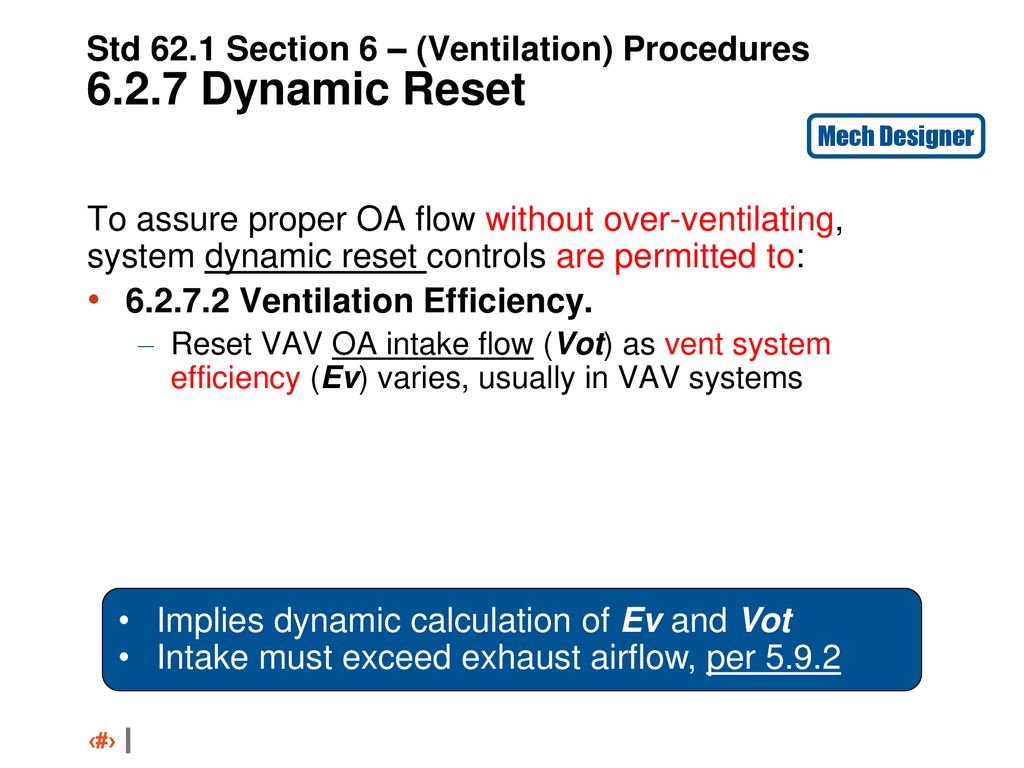

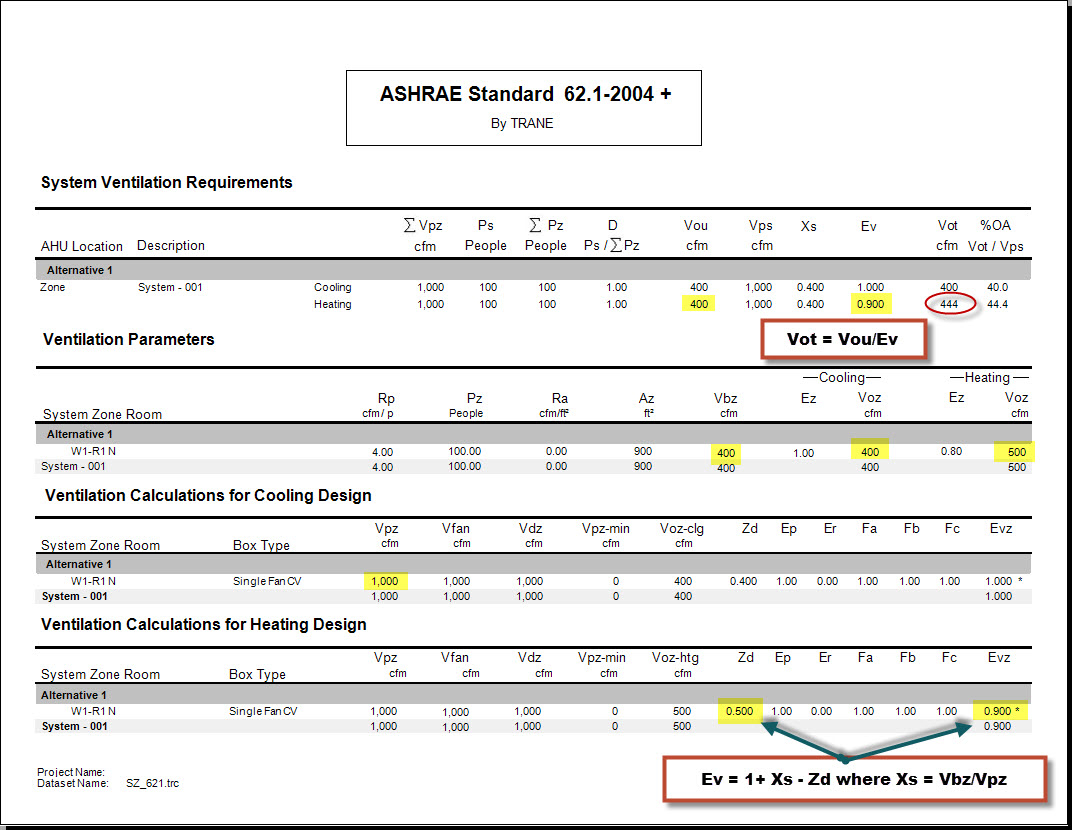

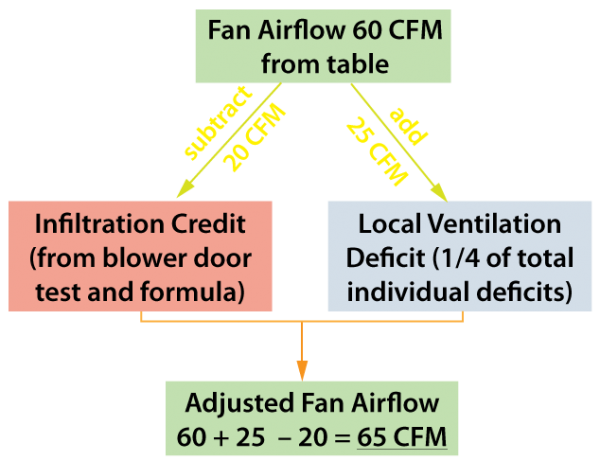


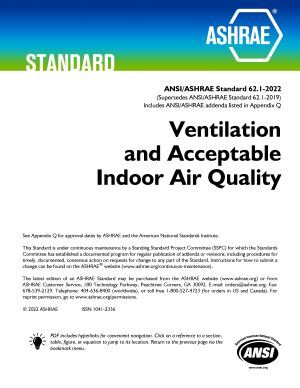


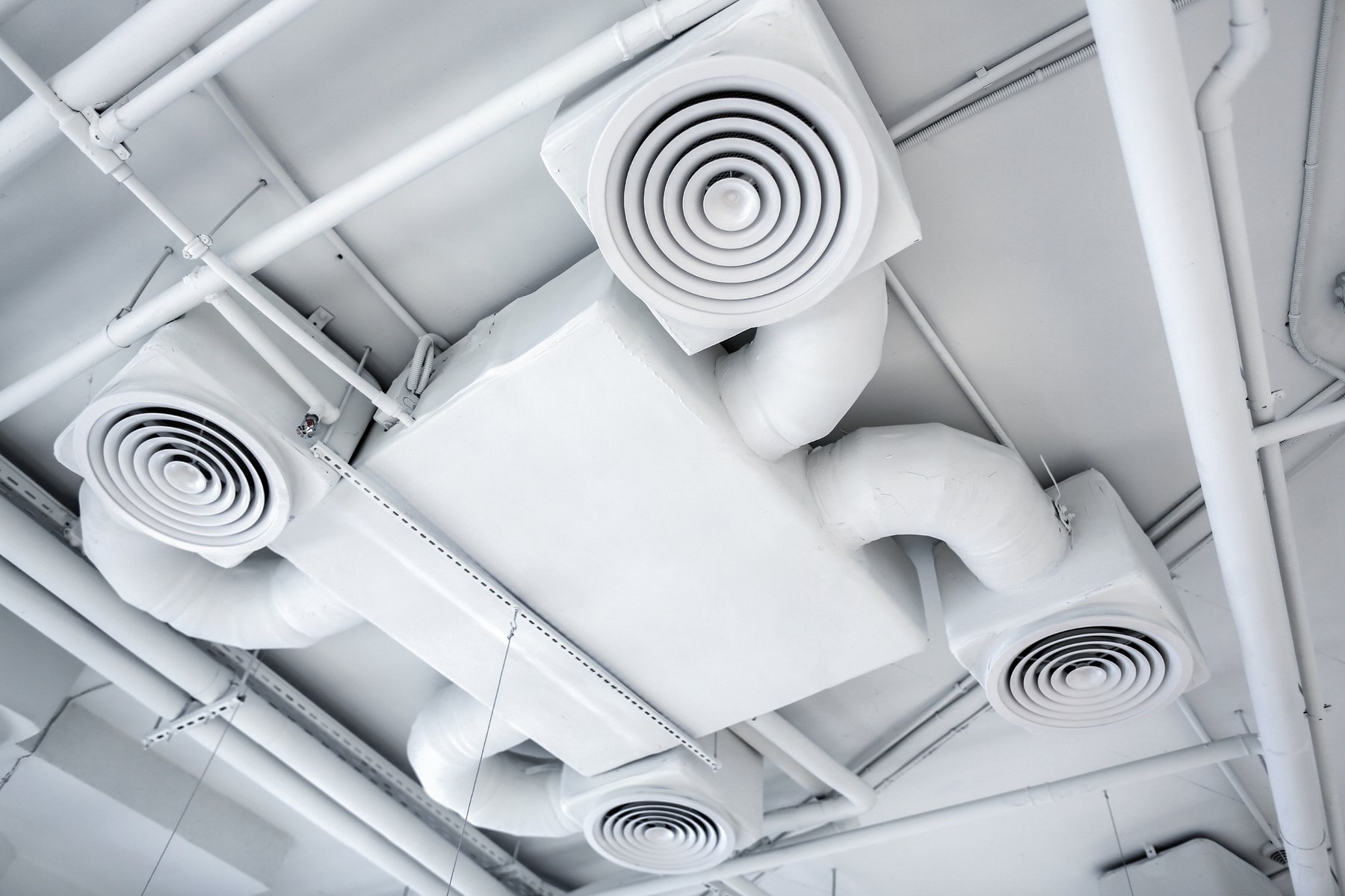
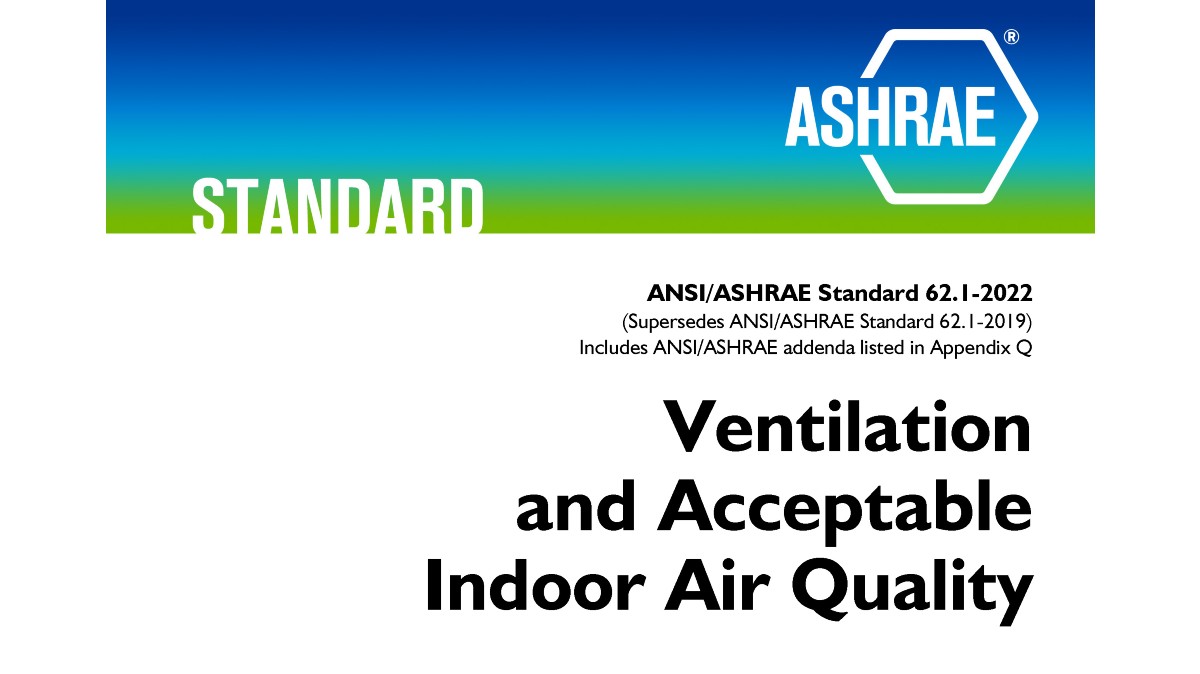



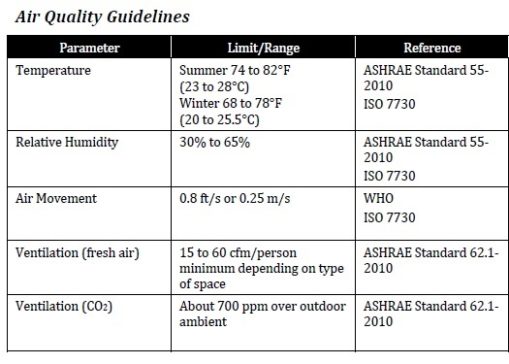
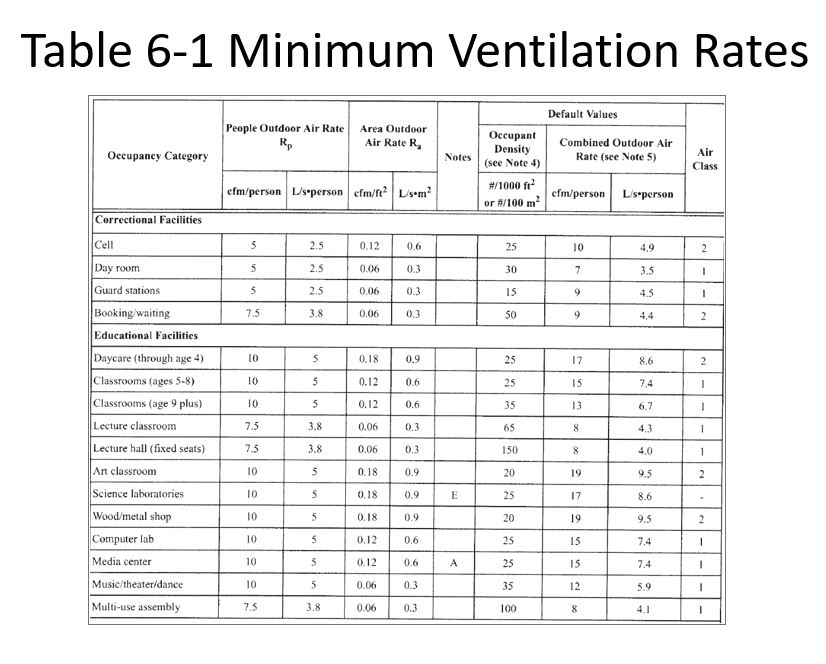




_forvideo_1.jpg)
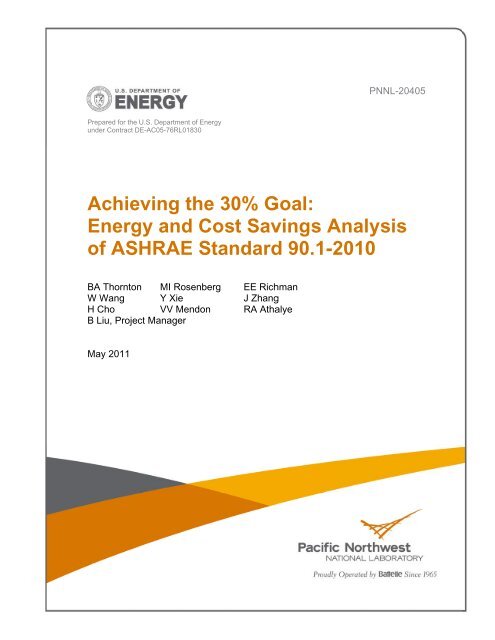

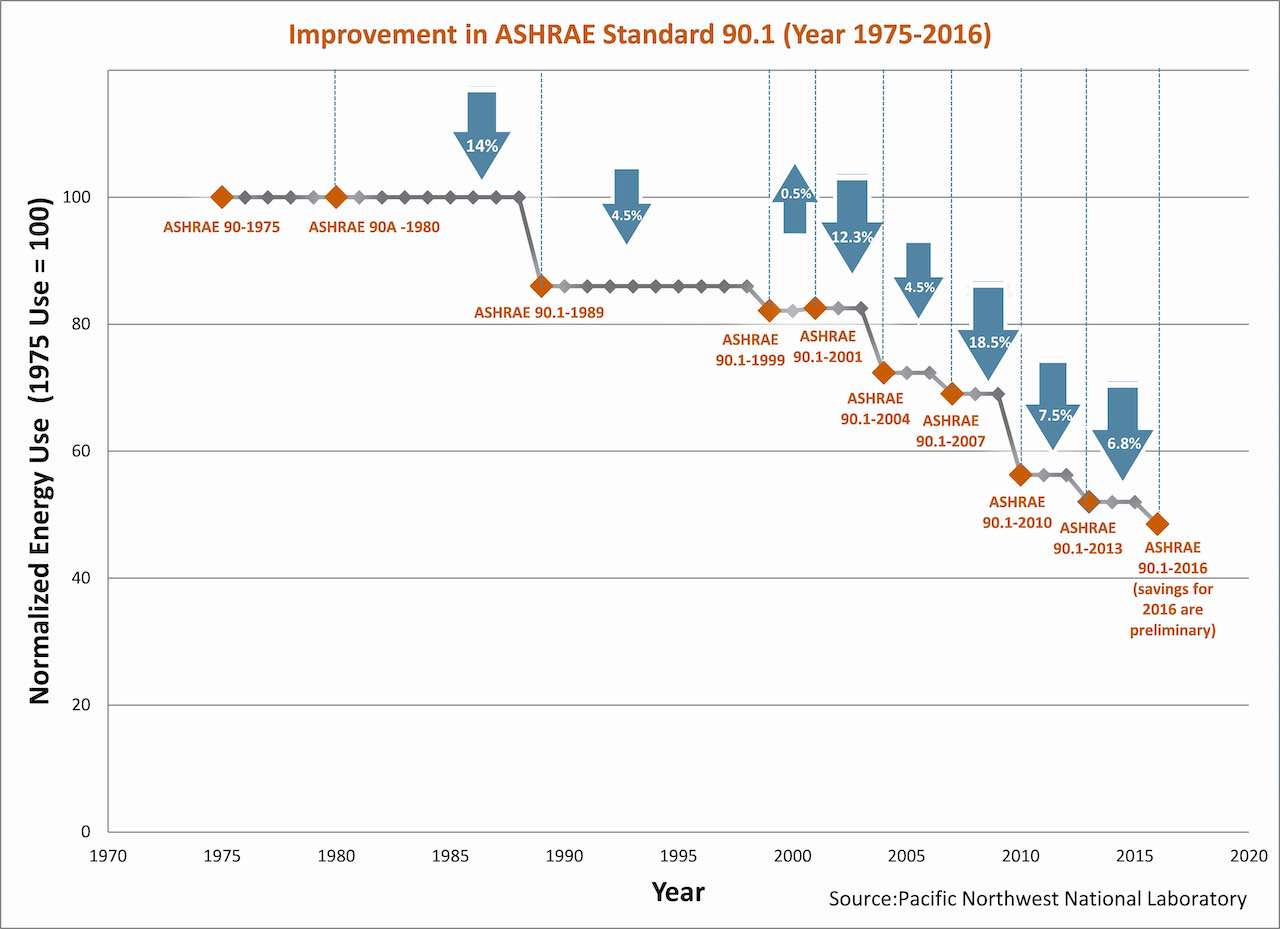
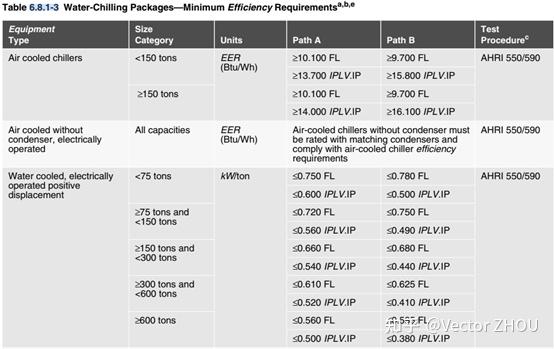

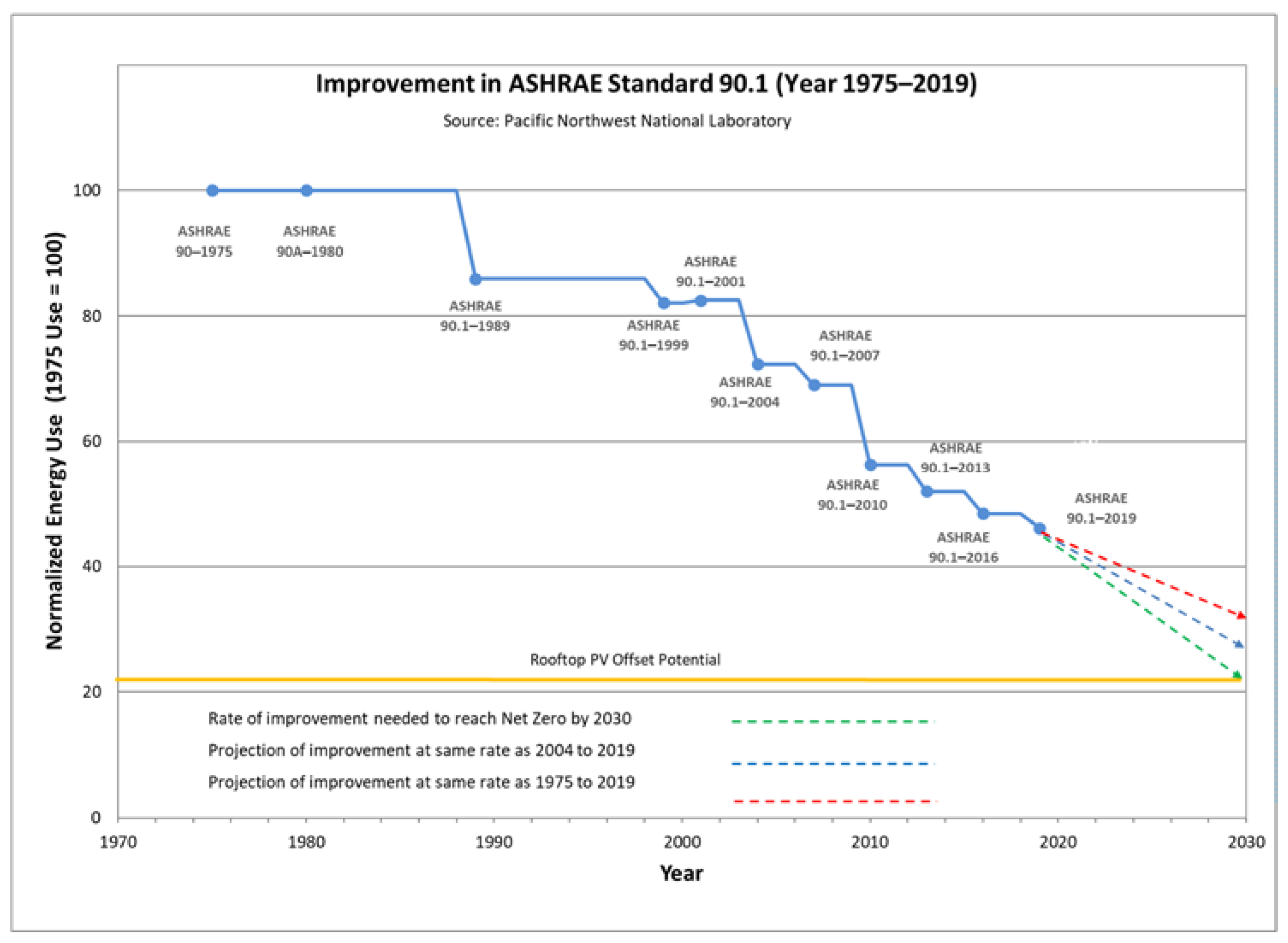


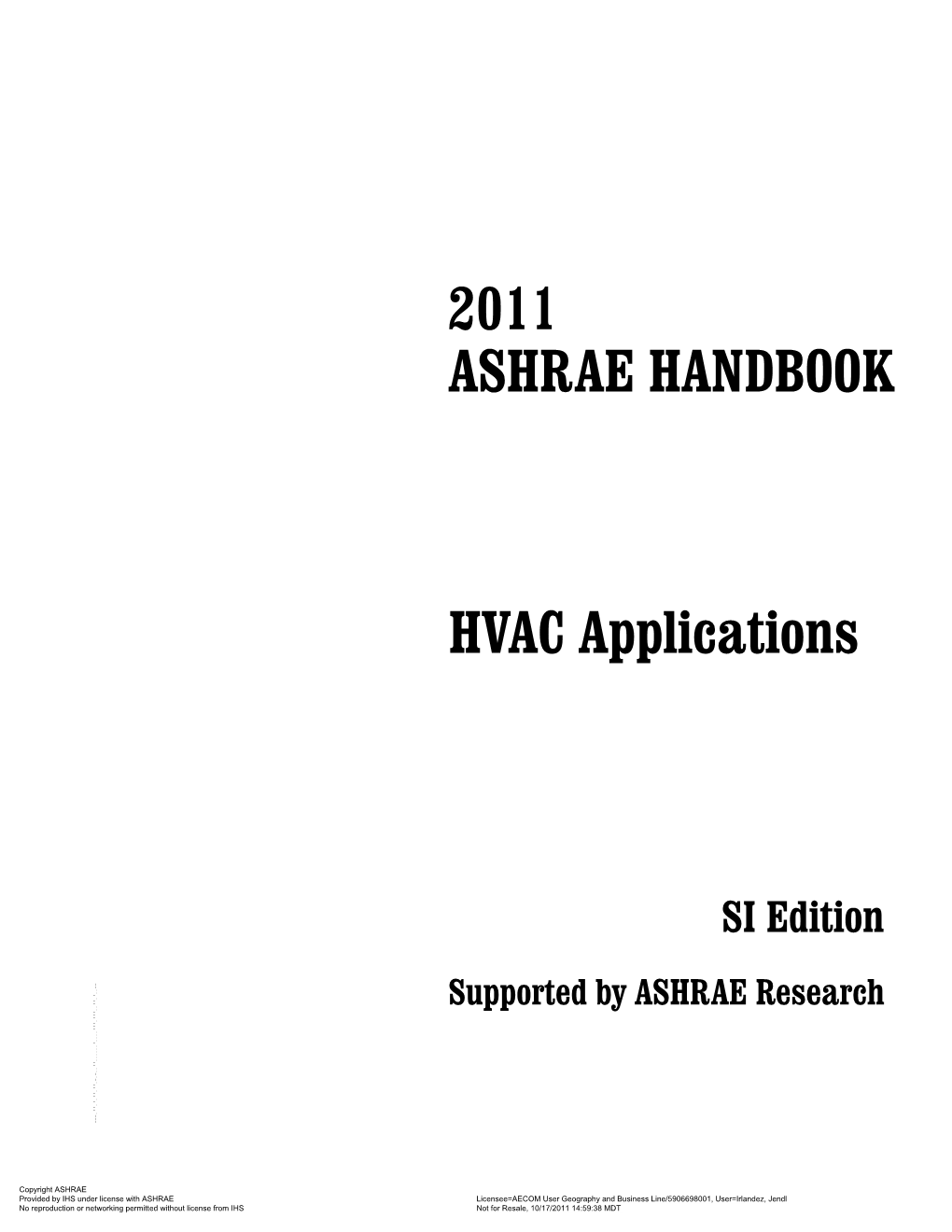


.jpg?1657117561)

